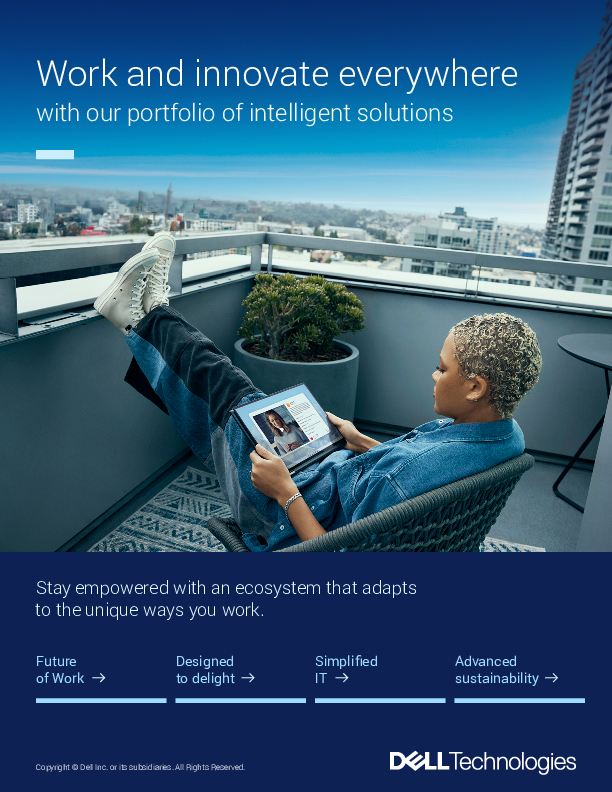

ACCELERATION OF REAL-TIME RENDERING IN DESIGN
Faster GPUs and real-time raytracing are making it easier for engineers to enable visualization throughout the design process.
Last winter, Luxion released KeyShot 9, the latest version of its CAD-friendly rendering software. The release marked the software’s break from its exclusively CPU-based tradition. For the first time, KeyShot users were able to harness the GPU’s processing cores, with corresponding acceleration in rendering speed.
Not all renderings are the same. Conventional rendering uses triangulated models of objects to simulate colors, textures, lights, and shadows. By contrast, raytracing uses a method that traces the path of light bounces, resulting in subtle reflections that replicate how light and colors behave on surfaces. It’s a computation- intense process that previously software users had to employ sparingly, reserving it for the most extreme cases. But now that GPUs are becoming a standard part of professional workstations, real-time raytracing also promises to become commonplace among design and modeling software users.









